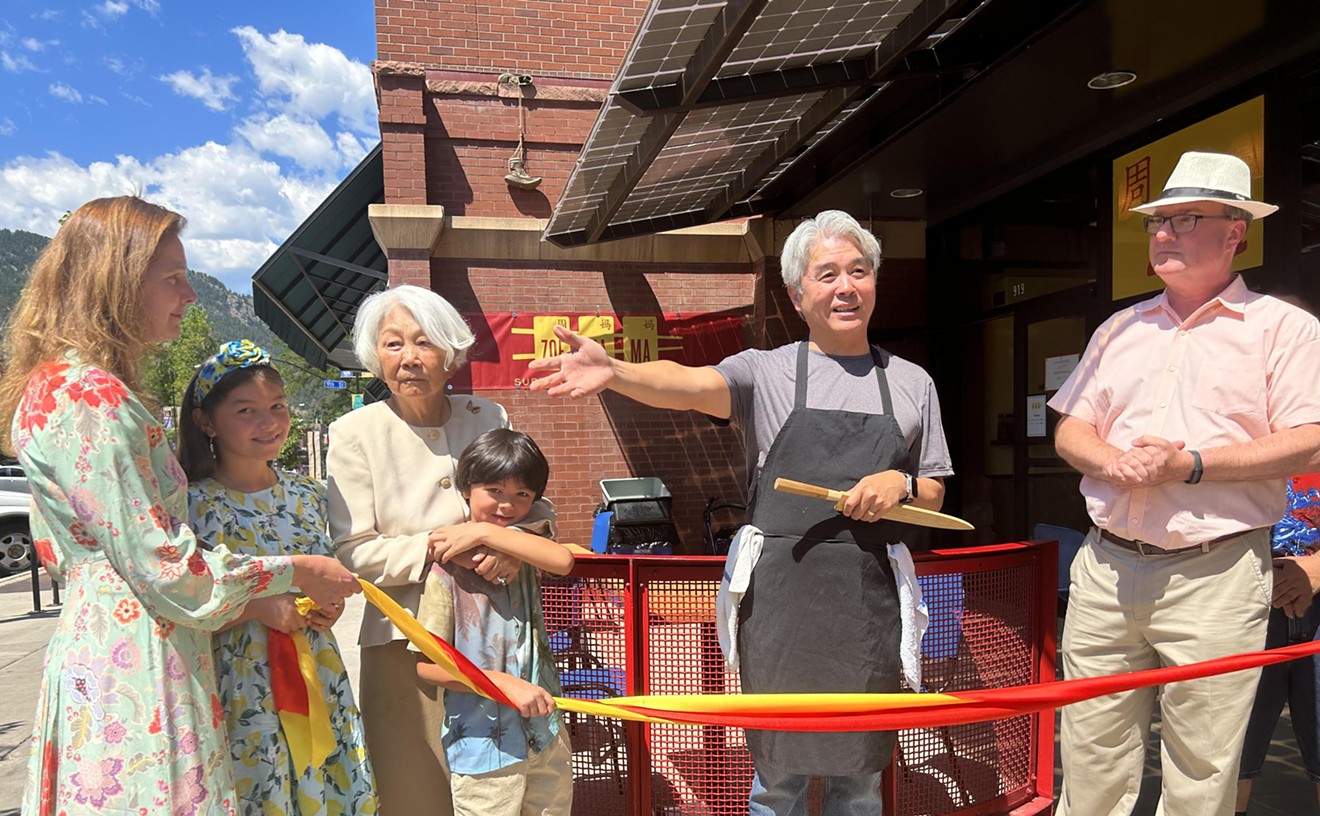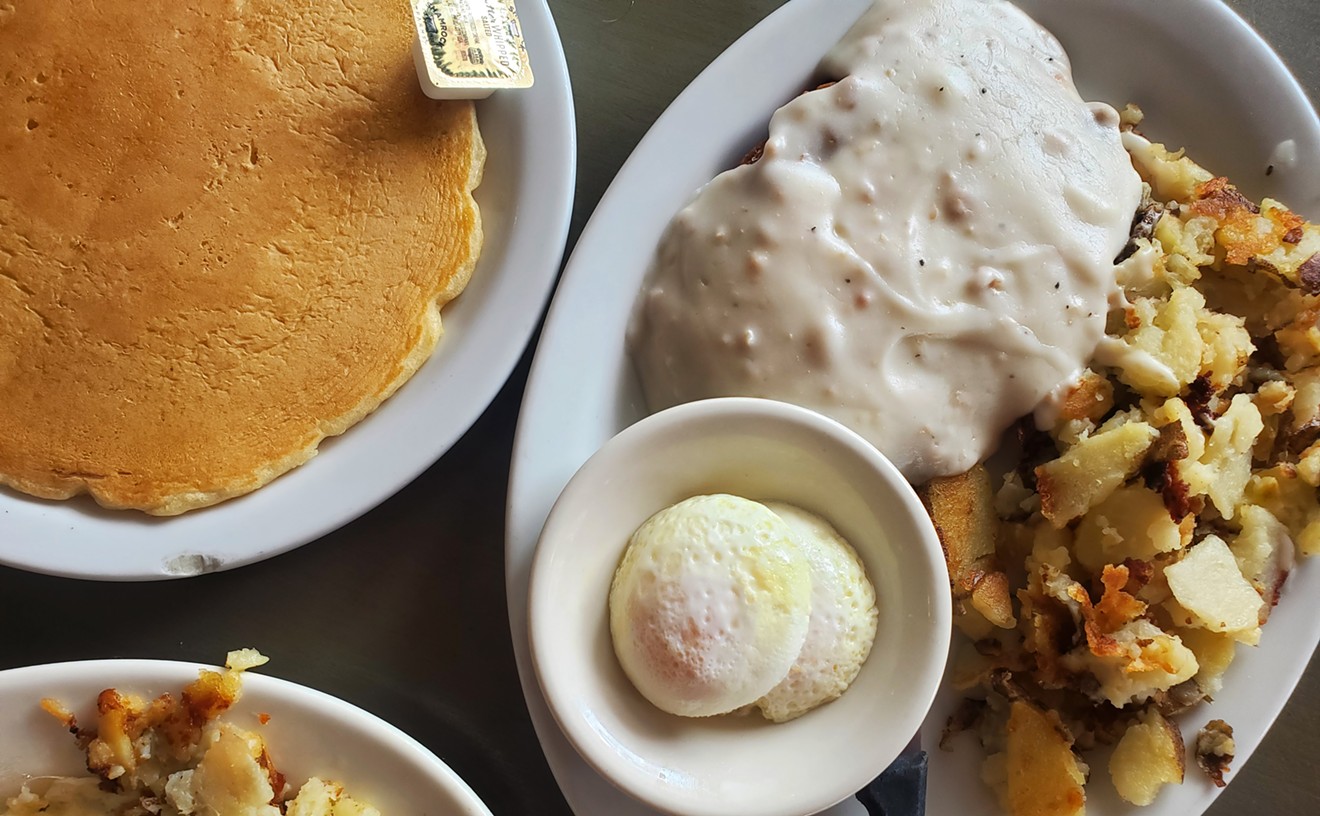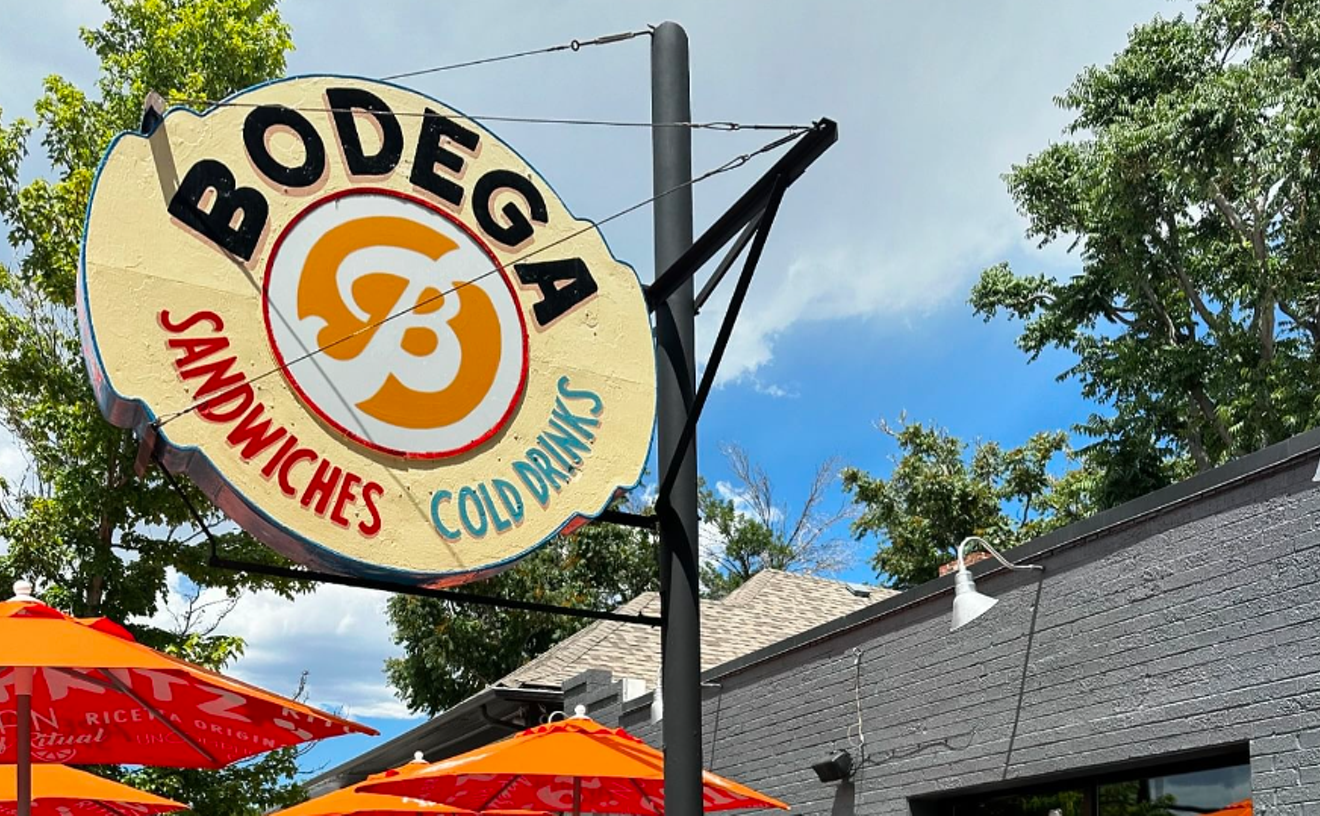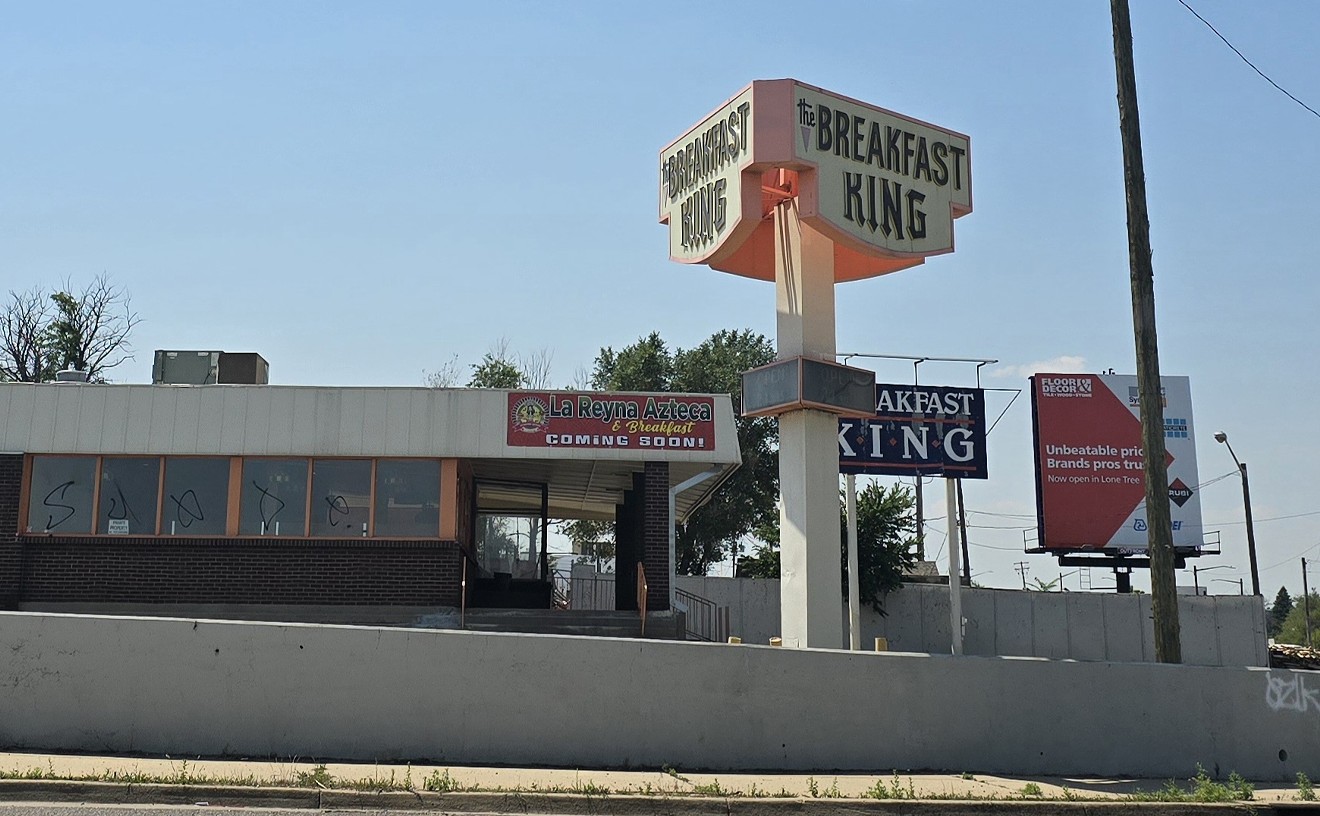If I look at it just right — squint at it, maybe, late at night and through a sweating bottle of Corona — my entire career as a food writer (such as it is) can be seen as one long search for tacos. Fifteen years, tens of thousands of miles, a dozen different newspapers, magazines and books. It began with tacos, was full of tacos (both good and very, very bad), and will someday, inevitably, end with tacos.
I’ve told this story before, but I’m going to tell it again: I grew up in what was essentially a taco-less universe, upstate New York in the 1970s and ’80s. I existed in a world of ham dinners and Friday fish fries; of my father — freshly shaved, dabbed with Old Spice — clomping down the narrow stairs and going out the front door with Mom on his arm for a date night at one of two steakhouses in town, or for a seafood dinner, then coming home, hours later, Mom with gimlets on her breath and her pockets stuffed with after-dinner mints. There was one French restaurant in the city that I can recall, a couple shaky continental joints, some good Italian, the second-best cheeseburger on earth (though I didn’t know that at the time), a thousand bars, the Chinese restaurant we’d go to on my birthday for shrimp in lobster sauce served under a cloche, some other stuff. But no tacos.
The first tacos I probably ever had were made at home: the children of German-Irish immigrants browning beef in a skillet for their own ungrateful American spawn, adding the seasoning from the Old El Paso taco-construction kit pulled off the shelf at Wegman’s, filling the hard shells and topping them with shredded iceberg and yellow cheddar cheese. It’s a style of taco I still adore to this day and sometimes fantasize about while working through a plate of muddled pears in artisanal Styrofoam jus that’s the ninth course on some young chef’s new tasting menu.
The first tacos I ever had made by someone else came courtesy of the Taco Bell that opened on Ridge Road in my home town when I was still a young man. It was in the brightly lit and plastic dining room of that Taco Bell that I learned the basic lexicon of Mexican cuisine (tacos, burritos, chalupas, what have you) — which, yes, is sad, but is also awesome, because you have to learn it somewhere, and as much as I fear and loathe Taco Bell now, I am also eternally grateful for its enduring awfulness, because said awfulness both instructed me and made me think that if this is what a taco is in corporate America, then there probably has to be some finer, more authentic version of it served, you know…somewhere.
Not in Rochester, though. Not then. I was sixteen, maybe seventeen, and the first tacos I ever had that were good — that were actually tacos by more than just the loosest possible definition — came from a place far outside the city, frequented by the migrant workers who picked the peaches and came for the posole, the tacos and the jobs listed on index cards tacked up on the wall beside the front door. You had to know what you wanted at a place like this, and I didn’t. But I’ve always been a quick study.
You know that story about the dad who goes out one day for a pack of cigarettes and never comes home? I was that dad. Except that I wasn’t a dad; I was a teenager with a less-than-dependable car and a comically poor sense of direction, and the pack of cigarettes was tacos (and also cigarettes). When I went west the first time, tacos weren’t the only thing I was looking for, but they were up there on my list of priorities. Top five, let’s say. Or three.
And I did come home. Eventually. Only to leave again and again, the tacos becoming both more and less important with each passing season and turn of the odometer. I destroyed a Burger King bathroom after a run-in with some highly suspect tacos at an all-night diner in San Diego, close enough to the border that I could see the fences from the parking lot. I went to Mexico looking for fish tacos and almost never came back. I re-met Laura (who would someday become my wife) over 25-cent tacos at the Dark Horse in Boulder back when 25-cent taco night was still a thing, then dragged her with me to New Mexico, where our first meal was chips and salsa and tacos and more tacos at a strip-mall hole-in-the-wall that I remember only for the quality of the light, the coldness of the beer, and the way Laura looked sitting across the table from me.
Denver was taco nirvana for me. I had traded in the taco-less existence of my youth for one in which tacos were as ubiquitous as air. For eight years and change, I couldn’t chuck a rock without it going through the window of some taqueria (or, at the very least, hitting someone carrying a bag of tacos down the street, which was almost as good because, you know, if I threw the rock hard enough to knock them out, free tacos!). Though I’ve lost track of some of the names, I remember coming home drunk from a hundred review dinners with Laura, laughing, singing with my head hanging out the car window, then stopping at a drive-thru place on Leetsdale for takeout boxes of deep-fried tacos and beans and rice. I ate asada tacos cooked on a grill in the back of a pickup truck and fried-pork tacos with salsa that was like eating fire.
I remember Tacos DF when it was a cart and when it became an actual restaurant — a literal hole in the wall through which you shouted your demands for tacos, huaraches and Mexican Coca-Cola, then sat among the families and soccer fans, waiting and feeling completely wrapped up in a community that was maybe only yours for a few minutes or an hour.
I ate fancy tacos in Denver (tiny things like sophomore art-school projects, filled with raw tuna and guacamole) and plain tacos. I miss Indian tacos with a longing like a hundred country songs, but I miss the particular style and flavor of Denver’s street tacos even more — that fusion of Mexican ingredients and Mexican memories and Mexican homesickness all wrapped up in an American area code (and a tortilla).
Leaving Colorado for Seattle years ago, I had to start weaning myself off tacos slowly, like a junkie coming off a lifetime habit. I would still sneak off late at night to a couple of neon-lit parking lots I knew and, in the grayness and the rain, eat chopped-pork tacos with my eyes closed. Coming to Philly, the lack has been worse. Though tacos now are obviously cool and obviously flaunted on menus where ten years ago they would have been anathema, they’re not the same as the tacos I came to know and love out west. I’ve had veal-schnitzel tacos at Michael Solomonov’s Jewish restaurant, Abe Fisher. Chorizo-and-egg tacos with sriracha at a neighborhood tap room. Fish tacos from Jose Garces.
And also a hundred other tacos (some good, some…not), so I’m not crying over privation here. But I’m also no longer living in that sweet spot of Mexican-American cuisine where tacos hung like fruit from the trees and I could wake each day knowing that no matter what happened to me — no matter what weird or foul or joyous shit went down between noon and midnight — all I had to do was turn a corner or walk down the block, and there would be tacos there to celebrate or cushion the fall with.
I miss Denver pretty much every day. And while fried tacos and street tacos aren’t the only things I’m lonely for, they’re probably the thing that will eventually draw me back again.
After all, I have a habit for that kind of thing.
Jason Sheehan was Westword’s restaurant critic for longer than most of you people probably remember. He now writes about tacos, spaceships, cheesesteaks, dinosaurs, candy corn, cheese curds and pie in a variety of places, but mostly from the bar closest to his office at Philadelphia magazine.
[
{
"name": "Air - MediumRectangle - Inline Content - Mobile Display Size",
"component": "12017618",
"insertPoint": "2",
"requiredCountToDisplay": "2",
"watchElement": ".fdn-content-body",
"astAdList": [
{
"adType": "rectangle",
"displayTargets": "mobile"
}
]
},{
"name": "Editor Picks",
"component": "17242653",
"insertPoint": "4",
"requiredCountToDisplay": "1",
"watchElement": ".fdn-content-body",
"astAdList": [
{
"adType": "rectangle",
"displayTargets": "desktop|tablet"
},{
"adType": "rectangle",
"displayTargets": "desktop|tablet|mobile"
}
]
},{
"name": "Inline Links",
"component": "18838239",
"insertPoint": "8th",
"startingPoint": 8,
"requiredCountToDisplay": "7",
"maxInsertions": 25
},{
"name": "Air - MediumRectangle - Combo - Inline Content",
"component": "17261320",
"insertPoint": "8th",
"startingPoint": 8,
"requiredCountToDisplay": "7",
"maxInsertions": 25,
"watchElement": ".fdn-content-body",
"astAdList": [
{
"adType": "rectangle",
"displayTargets": "desktop|tablet"
},{
"adType": "rectangle",
"displayTargets": "desktop|tablet|mobile"
}
]
},{
"name": "Inline Links",
"component": "18838239",
"insertPoint": "8th",
"startingPoint": 12,
"requiredCountToDisplay": "11",
"maxInsertions": 25
},{
"name": "Air - Leaderboard Tower - Combo - Inline Content",
"component": "17261321",
"insertPoint": "8th",
"startingPoint": 12,
"requiredCountToDisplay": "11",
"maxInsertions": 25,
"watchElement": ".fdn-content-body",
"astAdList": [
{
"adType": "leaderboardInlineContent",
"displayTargets": "desktop|tablet"
},{
"adType": "tower",
"displayTargets": "mobile"
}
]
}
]










